Home appliances’ power consumption is a common concern in almost every household, mainly because we are never sure about how much they really use and how to optimise them. This creates some hesitation whenever we turn on the electric oven or microwave, for example. But the truth is, oven energy consumption is often much lower than you might expect. Anyway, words don’t mean much without numbers, do they? That’s why we have been cooking in our Teka Labs to bring you some real data on how much energy you use when preparing food with our appliances—especially how much energy your oven consumes when making your most common recipes.
Home appliances and energy efficiency
Energy efficiency plays a key role in the Teka design for many reasons. Not only because it is a pillar of the brand’s development and technology. But also, because it is a key part of innovation and a way to look after the user and their future, as well as lowering energy bills at home.
Teka’s appliances are highly efficient according to European laws, so every time you turn on one of our products, you know you are getting more for less: better performance for lower consumption. A home with high energy-efficient appliances can save up to 30 % compared with one running with older models. Teka ovens have constantly improved insulation, performance, and accessories. They include features like presets to choose the right settings based on time, weight of the food, and temperature to optimise energy as much as possible.
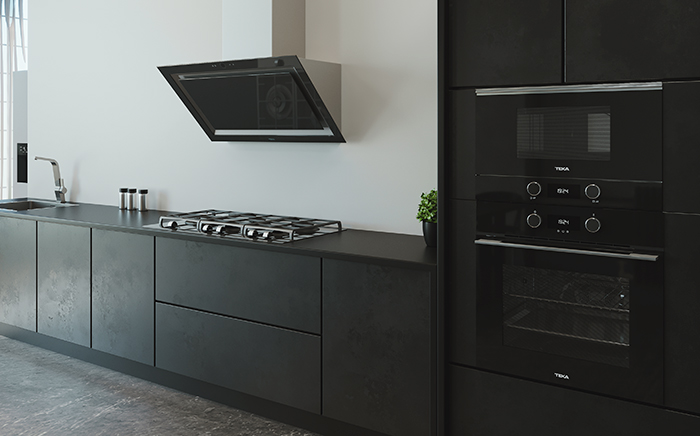
How much is my oven energy consumption?
Have you ever asked yourself which home appliance consumes the most energy? Many people would probably say the oven. But, in fact, oven energy consumption is not what it seems—whether you are using a conventional model or one with special features.
Take this, for example: roasting a chicken in a Teka oven for 3 to 4 people (around 1 hour) uses 1,353 Watts/hour and costs 0.35€. Less than buying a soda can at the supermarket.
Fancy fish? Cooking a sea bass (42 minutes) will consume around 760 Wh and cost 0.19€. —less than what you spend daily on a video-on-demand subscription. And if you’re baking, a yoghurt sponge cake will cost around €0.18, even less than the fish.
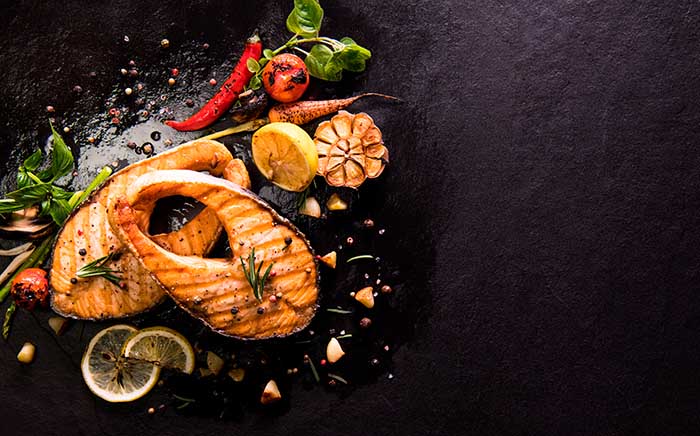
And what about pizza night?
Your Friday pizza night is more low-cost than you might think. Leaving aside the ingredients and dough, cooking an (extra) ordinary pizza in a Teka oven takes 20 minutes and 0.14€, approximately.
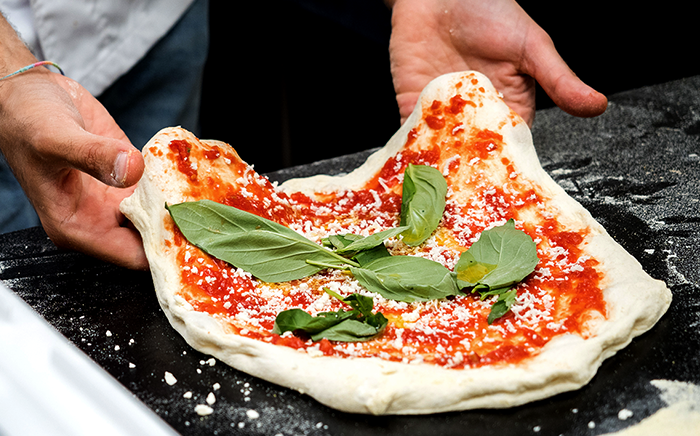
We also tested the MaestroPizza oven, built for professional pizza results. We cooked 3 pizzas at once, in the most Napolitan style we could manage, that is, reaching 340 °C, and the cost was just 0.45€ for all three.
And what about oven energy consumption when cooking meat?
Let’s get into the world of meat in the oven. Typically, it takes more time, higher temperatures, and therefore, more energy. We tested cooking times and consumption in the lab with one of our top ovens: the SteakMaster. This oven delivers restaurant-quality results, thanks to exclusive technology developed with Michelin-starred chefs, including a meat tempering process and cooking temperatures that reach up to 700 °C.
Cooking a mouth-watering T-bone costs around 0.23€, while an entrecôte with a BBQ-style finish costs 0.20€. Do you want to host a full barbecue at home, with rain, snow, or blazing sun? Four hamburgers in the SteakMaster will cost you around 0.24€, and four sirloins will come to around 0.20€.
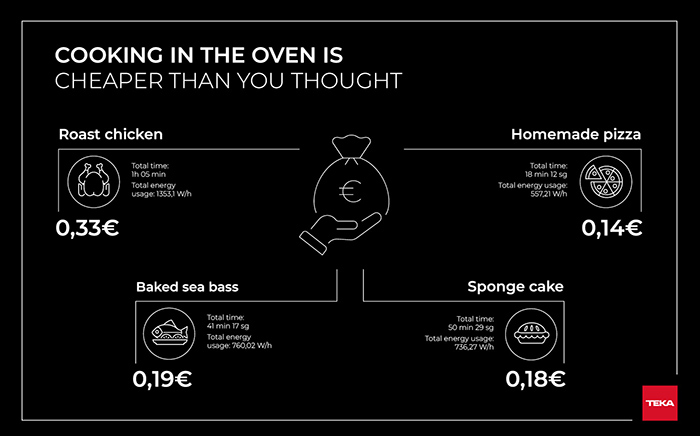
Air frying all over the world
We keep raising the stakes and analysing times and costs. This time, we looked into the AirFry technology in our ovens. Air frying has become one of the top kitchen trends, but how much do these appliances cost in terms of oven energy consumption?
We cooked some crispy classics in the oven for this test. Making 1 kilo of frozen French fries takes just 12 minutes and costs 0.16€. If we are talking about juicy, crispy chicken wings, let’s say, around ½ kilo, the cost rises to 0.49€.
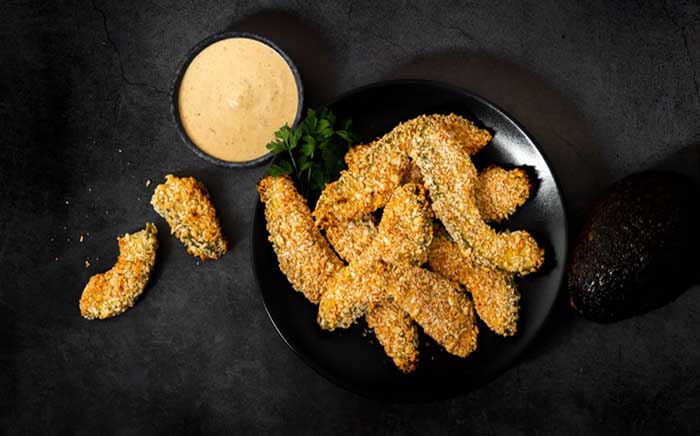
And microwaves with air fryer features?
Our AirFry microwaves, MicroFry, include many of the classic functions of our microwaves, from grill to convection, defrost, or low-temperature cooking. But we focused on the air fryer function. We cooked the previously mentioned French fries in our microwave, 300 grams this time as a side for our dinner, and the cost came to 0.08€. They were ready in about 25 minutes. 350 grams of crispy, tasty chickennuggets were ready for just 0.07€.
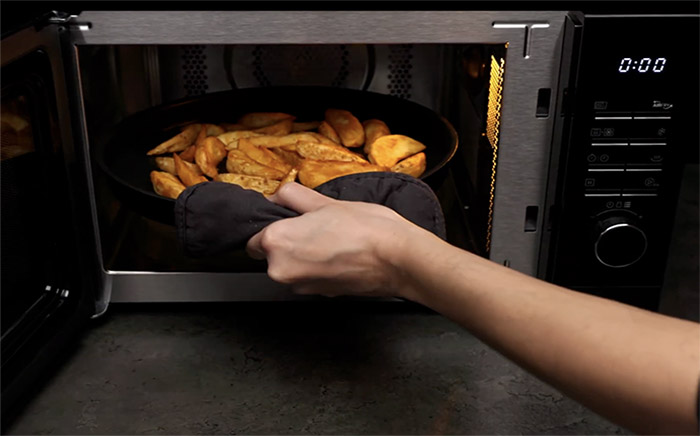
To give you a broader perspective, let’s compare the use of a microwave for other purposes. For instance, heating a glass of water in the microwave (1 minute and 30 seconds) uses about 0.06€. Defrosting a portion of food in a standard microwave takes around 10 minutes and costs around 0.14€.
How much do other appliances consume?
To better understand these numbers, we also measured the power consumption of some other common small home appliances, so you can compare them with the average oven energy consumption. If you use a hair dryer for 15 minutes, you may consume around 0.11€, while straightening your hair with a 120W appliance for 12 minutes consumes just €0.0002.
Back to the kitchen, your first morning coffee from an espresso coffee machine costs about 0.004€ and making four slices of toast for breakfast comes to around €0.21 in a toaster.
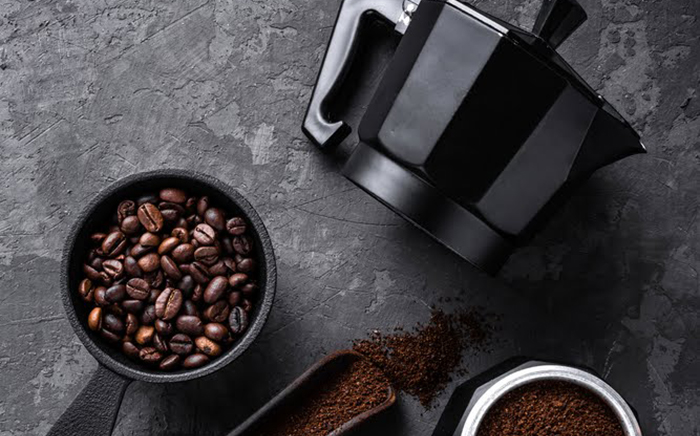
As we can see, cooking a full meal—or hosting a homemade pizza night for friends and family—isn’t nearly as costly as we might have thought. Cooking at home is not only more affordable than you think, it also brings plenty of nutritional and emotional benefits. The art of cooking is one of the best ways to build a home and enjoy it. Knowing how much your oven energy consumption really gives you the freedom to use it without concerns. You can plan your meals more efficiently and focus on what matters: enjoying the process and results, whether with others or just for yourself.

